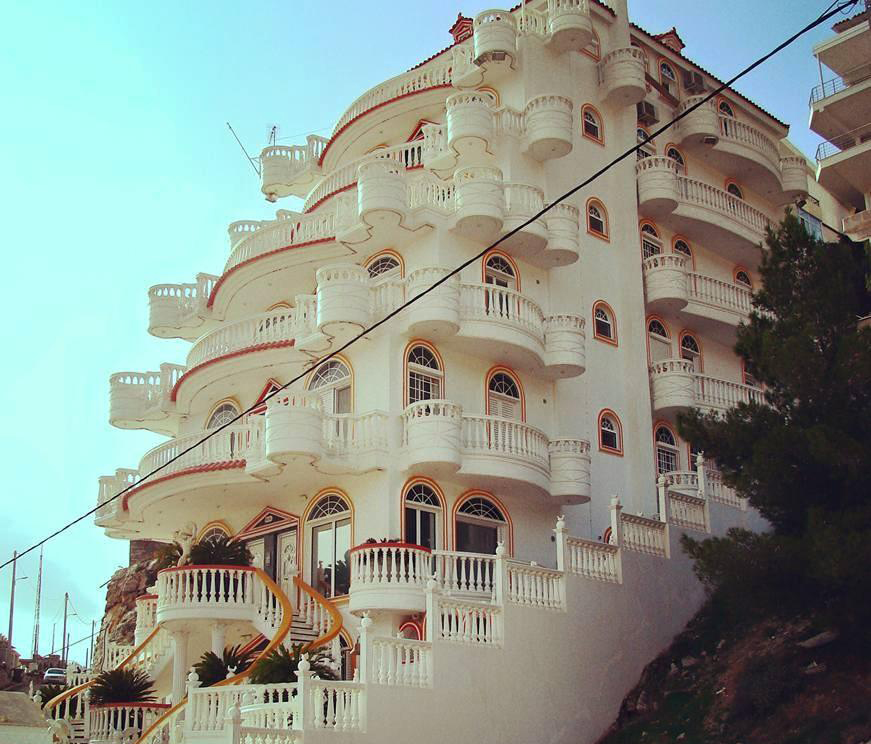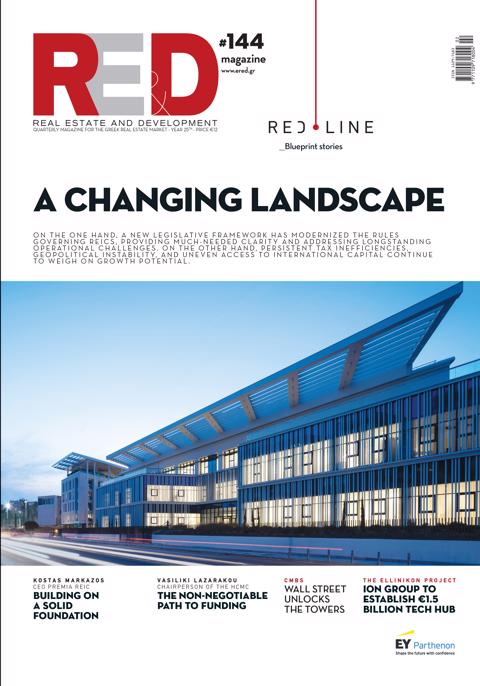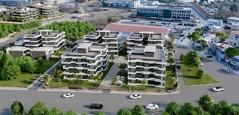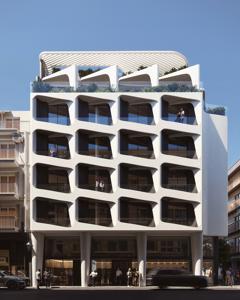The project is financed by the Recovery and Resilience Facility and must be delivered within a record timeframe of 12 months, with the final completion date set for July 7, 2026.
The core objective is the development of a comprehensive digital system designed to detect and monitor unauthorized construction activity across the entire territory of Greece. This system will integrate Artificial Intelligence (AI), Geographic Information Systems (GIS), satellite data, and high-resolution aerial imagery, collected through both manned aircraft and drone operations.
The platform will be fully interoperable with existing systems managed by the Technical Chamber of Greece (TEE), including the e-Permits platform, unauthorized construction declarations, the Digital Building Identity, and the Unified Digital Map (UDM).
A key functionality of the system will be the comparative analysis of satellite imagery from 2011 and 2024, aimed at detecting changes in the built environment that may indicate illegal construction. This analysis will encompass an area of approximately 30,000 square kilometers, equivalent to 22% of the national territory.
Furthermore, a new digital orthophoto map with a spatial accuracy of up to 20 centimeters will be generated, based on high-resolution aerial photography. This map will cover 20,000 square kilometers of land not previously included in earlier mapping initiatives (2022–2024), as part of the UDM and 3D Building Registry projects. Special focus will be given to high-risk zones, particularly coastal areas, where building violations are most prevalent.
The system will also process and analyze a vast dataset, including building permit records for approximately 2.5 million structures, data from unauthorized construction declarations, Digital Building Identities, and information from the Hellenic Cadastre, forest maps, and coastal boundary data.
Particular emphasis will be placed on constructions from the 2012–2019 period, with the aim of identifying structures that may have been built in violation of planning regulations during that time. This timeframe has been prioritized due to its elevated risk profile and regulatory significance.















